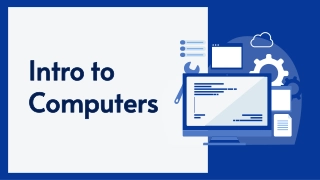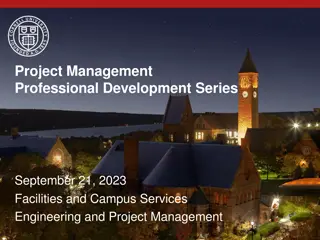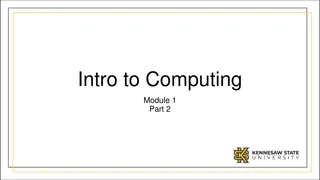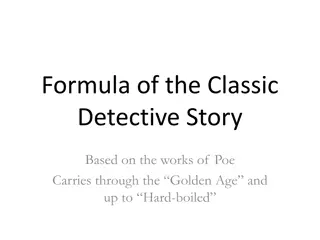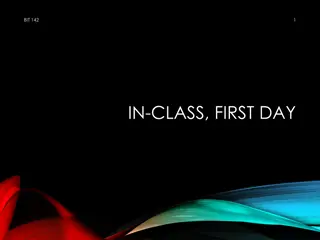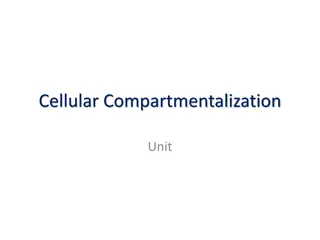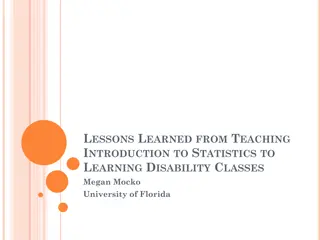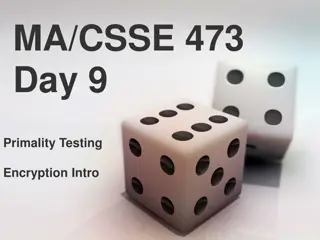
Introduction to Information Systems
Explore the fundamentals of data, information, and knowledge in information systems, and understand their role in generating valuable insights and aiding decision-making in various organizational contexts.
Download Presentation

Please find below an Image/Link to download the presentation.
The content on the website is provided AS IS for your information and personal use only. It may not be sold, licensed, or shared on other websites without obtaining consent from the author. If you encounter any issues during the download, it is possible that the publisher has removed the file from their server.
You are allowed to download the files provided on this website for personal or commercial use, subject to the condition that they are used lawfully. All files are the property of their respective owners.
The content on the website is provided AS IS for your information and personal use only. It may not be sold, licensed, or shared on other websites without obtaining consent from the author.
E N D
Presentation Transcript
CHAPTER 1 INTRODUCTION TO INFORMATION SYSTEMS
CHAPTER OBJECTIVES Understand what is information and differences among data, information, and business intelligence Understand what is IS, MIS, IT, Computer Science and differences among them
WHY LEARN ABOUT INFORMATION SYSTEMS Information systems now are used in almost every areas including: Different functional departments (Accounting, Marketing, Finance, Human Resources, R&D ) Different company sizes (ranging from Small, Medium to Global Corporation) Different organization type (Manufacture, Service, Non-profit organization) Information Systems are important tools to help you to Generate useful information from a large amount of raw data Make a better decision based on information you have Help organization to achieve its goals
DATA What is Data? Raw facts Are symbols that represent the properties of objects and events. Data type Alphanumeric Image data Audio Data Video data Example Numbers, Letters Images, Pictures Sounds, podcast Video, animation Example of Data: DOB Name Gender GGC 9000 number (Student ID) Product UPC code
INFORMATION What is Information? Information consists of processed data, the processing directed at increasing its usefulness. Difference between data and information. Information is the collection of raw facts and they have value beyond the facts themselves. Example of information: Total sales amount for Product A in last month Medium household income in US Average midterm grade for ITEC2201
QUALITY OF INFORMATION Characteristics Accurate Definition Information should be free of errors and mistakes. Inaccurate information is generated if data is fed inaccurate (GIGO, garbage in, garbage out) Information should be current and valid. Information should meet all needs in the current context and contains all the important facts. Information must reach users well in time, so decisions can be made in time as well. Information should be verifiable and dependable Information can be checked to make sure it is correct Relevant Complete Timely Reliable Verifiable
KNOWLEDGE What is knowledge? Understand a set of information and make it useful to support a task, solve problems.
BUSINESS INTELLIGENCE What is Business Intelligence? Business Intelligence (BI) is knowledge - knowledge about your customers, your competitors, your business partners, your competitive environment, and your own internal operations that gives you the ability to make effective, important, and often strategic business decisions. [YouSigma] Business intelligence (BI) transform data into actionable intelligence that informs an organization s strategic and tactical business decisions [Pratt 2017]
COMPUTER SCIENCE Computer science is the study of the phenomena surrounding computers.In the definition, "computers" means "living computers" - the hardware, their programs or algorithms, and all that goes with them. Phenomena defines the focus of a science, not its boundaries. Many of the phenomena of computers are also phenomena of some other science. (Allen et al. 1967) IT, IS, and MIS each emerged from the study of various complex, rich, and changing phenomena surrounding computers. (Allen et al. 1967)
INFORMATION TECHNOLOGY Information technologies are hardware and software designed to collect, process, and store digital data. Information technology takes various forms from databases and communications software to computer networks and Personal Digital Assistants. [McInerney 2010] The term information technology denotes all the technology, both hardware and software, used to store, process, and transport information in digital form.
INFORMATION SYSTEMS Information system is an integrated set of components for collecting, storing, processing data and providing information, knowledge, and digital products Input (Collect data) Store (Save data and information) Process (Convert data into useful outputs) Output (Production of useful information in the form of reports and documents) Feedback (Make changes to input or process)
COMPONENT OF AN INFORMATION SYSTEM Feedback Processing Input Output
HOW TO INPUT, OUTPUT, PROCESS, AND FEEDBACK Hardware: Computer equipment used to input, processing, storage, and output activities Software: programs and applications that can operate the computer and run specific task Database: collection of facts and information Telecommunications: electronic transmission of signals for communications including Wired (such as DSL, Cable, Fiber Optic) and Wireless (such as WiFi, Satellite) Network: Network connect computers and related equipment for communication (such as LAN, Internet, Intranet, and Extranet) People: the most important element in IS Procedure: Policies, methods and rules for using IS


